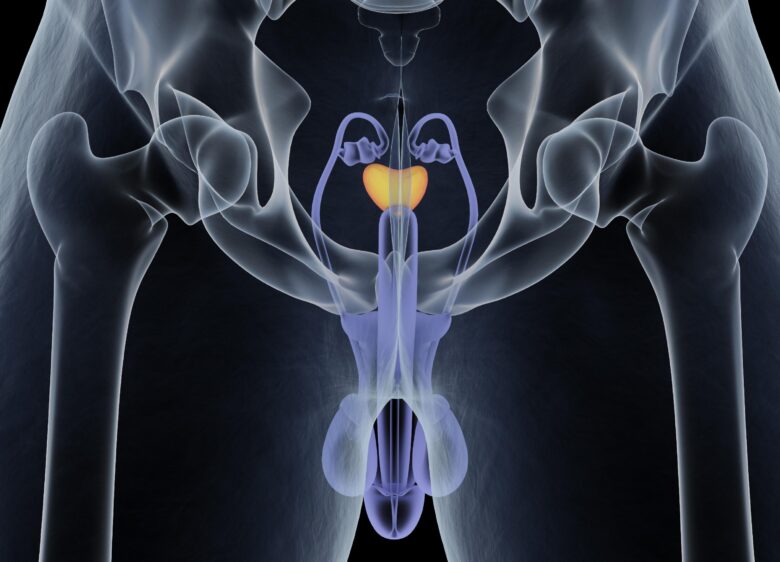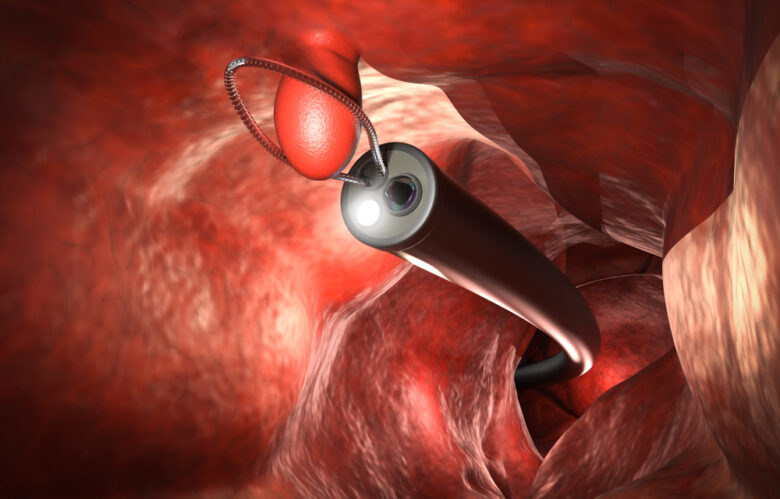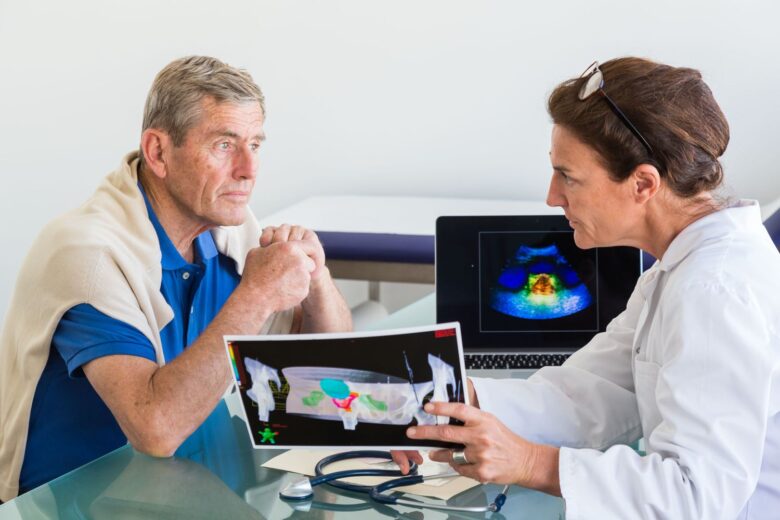Are you curious about prostate massages but hesitant to try them because of their sexual connotations? If so, you’re not alone. However, did you know that a prostate massager offer a range of non-sexual benefits as well? In this blog post, we’ll explore seven of the most notable non-sexual benefits of prostate massage. Keep reading to learn more!
Contents
1. Maintaining prostate health
The prostate gland is susceptible to two main problems: prostatitis (inflammation) and benign prostatic hyperplasia (BPH). Massaging the prostate may help to prevent or relieve these conditions by improving blood flow and draining built-up fluids.

Source: medium.com
2. Enhancing blood flow
Prostate massage may assist with increasing blood flow to the area. This benefit can also aid in reducing erectile dysfunction. It may also help men achieve orgasm even if they are unable to ejaculate.
3. Reducing urinary symptoms
If you have an enlarged prostate, you may experience urinary symptoms such as difficulty urinating or a weak urine stream. Massaging the prostate can help to relieve these symptoms by reducing inflammation and promoting drainage.
4. Reducing pain
Prostate massage can help to reduce pain in the pelvic region by relieving muscle tension and inflammation. This type of massage may also help to reduce pain during ejaculation for some men.
5. Improving bladder function
Prostate massage may improve bladder function by stimulating muscle contractions that help to empty the bladder more effectively. This can be helpful for men who have trouble emptying their bladder due to an enlarged prostate or other conditions.

Source: DailyMail.com
6. Reducing stress
Prostate massage can help to reduce stress by providing relaxation and relieving muscle tension in the pelvic region. This type of massage may also help to improve mood and promote feelings of well-being.
7. Improving sleep quality
Prostate massage may improve sleep quality by reducing stress and promoting relaxation before bedtime. This type of massage may also help to ease any muscle pain or discomfort that could interfere with sleep quality.
Male Health Wellness: Prostate and More
Prostate cancer is the most common cancer in men, so all men need to be aware of the risks and get screened regularly. There are two main types of screenings for prostate cancer: a digital rectal exam (DRE) and a prostate-specific antigen (PSA) test.
A digital rectal exam is a doctor’s way of feeling for any abnormalities in your prostate. The procedure involvesinserting one or two fingers into the anus and then examining them externally to determine if there are signs indicating cancerous growths within!
Both screenings have their pros and cons, so it’s important to talk to your doctor about which one is right for you. Prostate cancer is most treatable when it’s caught early, so it’s important to get screened regularly starting at age 50 (or earlier if you have a family history of prostate cancer).

Source: RateMDs.com
Colonoscopy
A colonoscopy is a screening test for colorectal cancer, which is the third most common cancer in men. During a colonoscopy, a doctor inserts a long, flexible tube with a camera into the rectum and colon to look for any abnormal growths or polyps. If any are found, they can be removed immediately.
A colonoscopy is the most accurate screening test for colorectal cancer, but it’s also the most invasive. That’s why it’s usually only recommended for people who are at high risk for the disease, such as those with a family history of colorectal cancer or inflammatory bowel disease. If you’re at average risk, you may be able to get by with a less invasive screening test, such as a stool blood test or sigmoidoscopy.
Testicular Cancer
The most common symptom of testicular cancer is a lump or swelling in the testicle. However, it can also cause pain or tenderness in the testicle or scrotum, a feeling of heaviness in the scrotum, or a change in how the testicle feels. If you notice any of these symptoms, make an appointment to see your doctor as soon as possible.
There are two main types of testicular cancer: seminomas and nonseminomas. Seminomas are the more common type, accounting for about 40% of all cases. Non-seminomas are more aggressive and tend to grow and spread more quickly than seminomas.
Treatment for testicular cancer depends on the type of cancer, how advanced it is, and other factors. Surgery is the most common treatment for all stages of testicular cancer. Radiation therapy and chemotherapy may also be used, depending on the situation.
Conclusion
Although most men are not aware of it, the prostate can be a source of pleasure as well as problems. Prostate massage can help in addition to regular wellness massages and screenings.
There are also some lifestyle changes you can make to increase your overall wellness. These include maintaining a healthy weight, eating a diet rich in fruits and vegetables, and exercising regularly. Quitting smoking and limiting your alcohol intake can also help reduce your risk. If you have any questions about cancer or other men’s health concerns, don’t hesitate to talk to your doctor.

Source: medium.com
FAQs
What is the prostate?
The prostate is a small, walnut-shaped gland that is part of the male reproductive system. It is located just below the bladder and in front of the rectum. The prostate produces fluid that helps to nourish and transport sperm.
What are the symptoms of prostate cancer?
Symptoms of prostate cancer can include urinary problems, such as difficulty urinating or a weak stream. There may also be blood in the urine or semen. Other symptoms can include pain in the pelvis, back, or thighs; difficulty ejaculating; and erectile dysfunction.
How is prostate cancer diagnosed?
Prostate cancer is typically diagnosed with a digital rectal exam, prostate-specific antigen (PSA) test, or biopsy. A digital rectal exam is when a doctor feels the prostate for any abnormalities. The PSA test measures the level of PSA in the blood. PSA is a protein that is produced by the prostate. A high level of PSA may be a sign of prostate cancer. A biopsy is when a small sample of tissue is removed from the prostate and examined for cancer cells.
How is prostate cancer treated?
Treatment for prostate cancer depends on the stage of the disease. Treatment options can include surgery, radiation therapy, and hormone therapy. The decision about which treatment to choose will be made by the patient and his doctor, taking into account the stage of the disease, the patient’s age and overall health, and other factors.
What are the side effects of prostate cancer treatment?
Side effects of prostate cancer treatment can include urinary incontinence and erectile dysfunction. These side effects are usually temporary and will improve over time.
What can I do to prevent prostate cancer?
There are no guaranteed ways to prevent prostate cancer, but there are some things you can do that may lower your risk. These include maintaining a healthy weight, eating a diet rich in fruits and vegetables, and exercising regularly. Quitting smoking and limiting your alcohol intake can also help reduce your risk. Don’t hesitate to talk to your doctor if you have any questions about cancer or other men’s health concerns.
